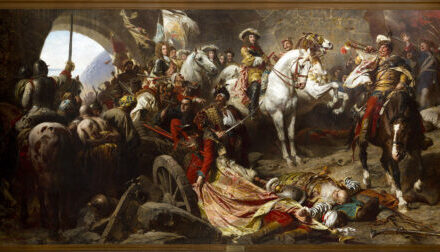Adolescence
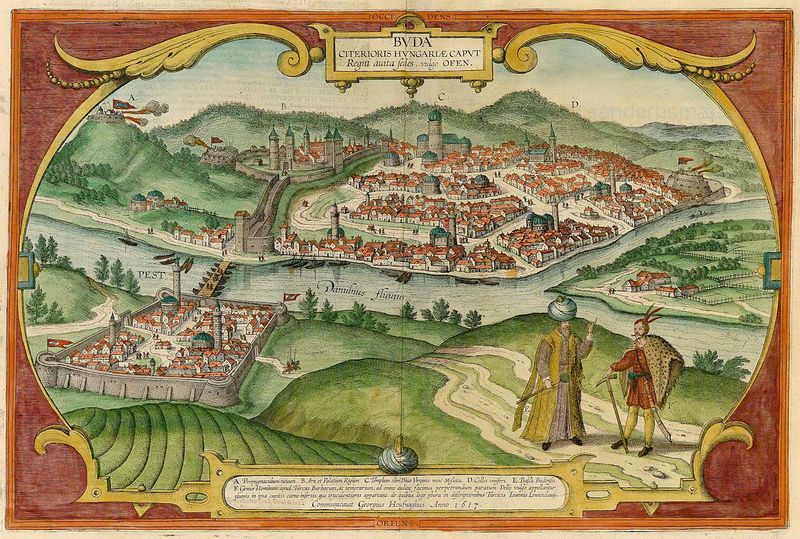
In their second attempt to take Vienna in 1683, the Ottomans faced a crushing defeat that crippled their army. The Holy Roman Emperor Leopold I saw a great opportunity to counter-strike and take back Buda and its sister city, Pest.
An army of about 80.000 men led by the Viennese Charles V, Duke of Lorraine set out to capture the former Hungarian Capital. In September of 1684, after a siege of 109 days and the loss of nearly 30.000 men the Imperial army retreated amid poor weather, disease epidemics, and low morale.
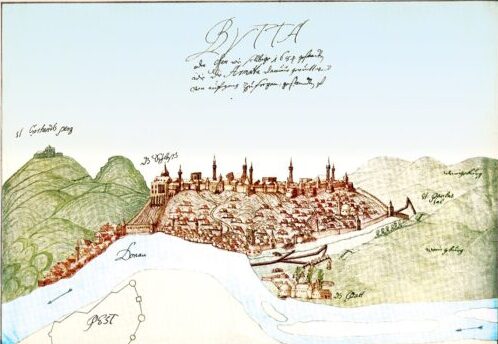
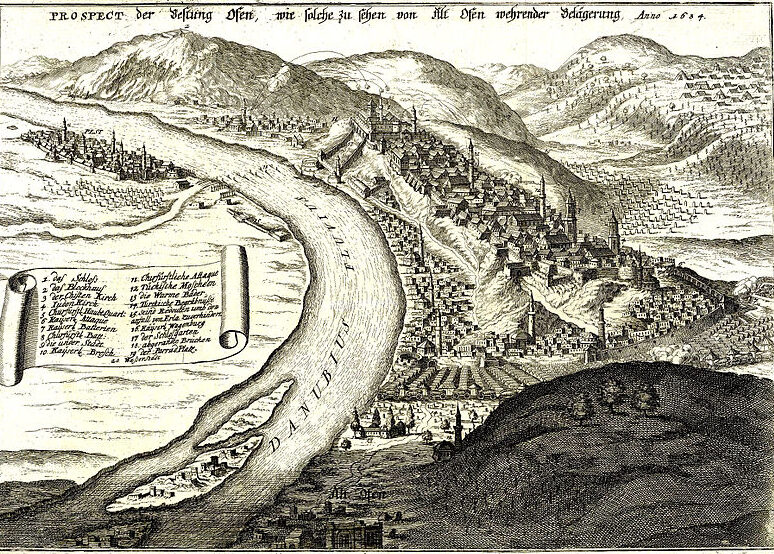
Just two years after the unsuccessful attack, an almost pan-European army (it included German, Hungarian, Croat, Dutch, English, Spanish, Czech, Italian, French, Burgundian, Danish, Swedish, and other European soldiers) assembled with the aid of Pope Innocent XI (hence its name Holy League) would return to Buda determined to take the city from the Turks.

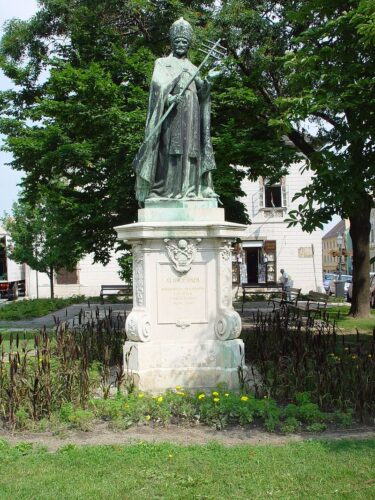

In June 1686, the Christian army, led once again by Charles V, Duke of Lorraine began the siege. More than 70.000 soldiers (some estimations elevate the number to 100.000) unleashed a tsunami of cannon bombs and artillery fire against the 7 to 8 thousand men of the Ottoman garrison, that defended the city, with the hope of 50.000 troops that would supposedly come to their aid.
The relief army never managed to break the blockade. In the first days of September after 78 days of siege and a series of unsuccessful attacks, the city and the castle which had been almost reduced to ashes, finally fell into the hands of Christians who managed to breach the northern wall, after 145 years of Turkish occupation.
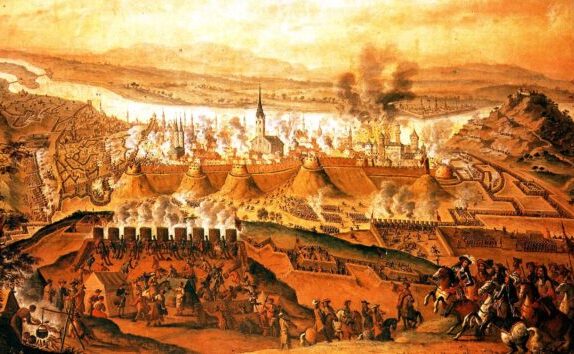
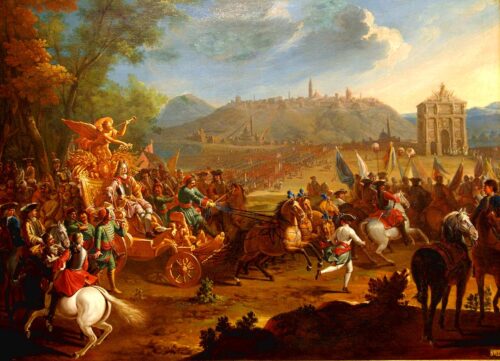
Religion had no place in what followed after the long-anticipated conquest. Thousands of Turks as well as Jews, men women, and children paid with their lives the year-long hatred against the Ottomans and the bitterness for the many lives of comrades that had been lost in the fights against them in the past.
All mosques, minarets, and synagogues were burnt down or destroyed while the heathens who were spared after the intervention of the Duke of Lorraine, were expelled from the city, sold as slaves, or held for ransom. Most of the Hungarian lands were retrieved until 1699 with the Treaty of Karlowitz, which ended the Austro-Ottoman war, resulting in the complete restoration of the territories of the Kingdom of Hungary in 1718 and its incorporation into the Habsburg Empire.
